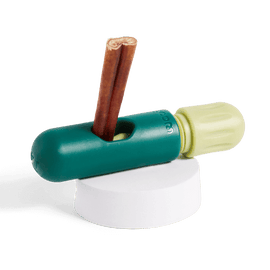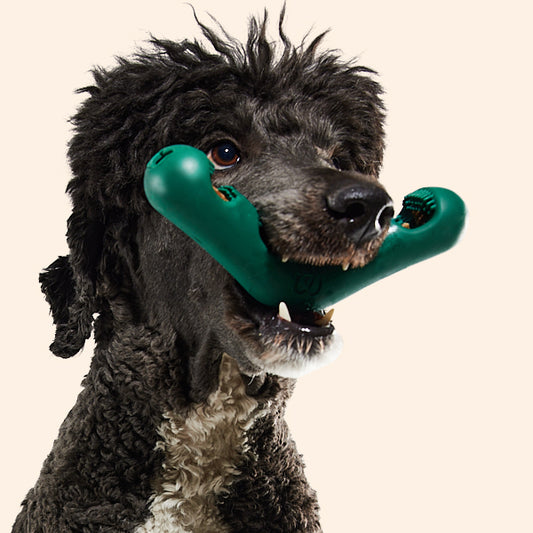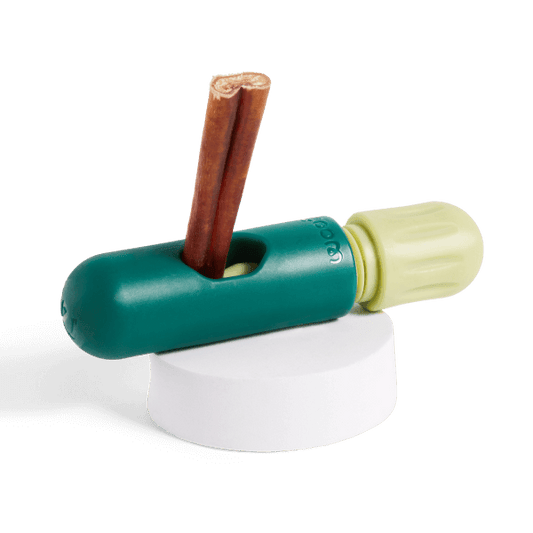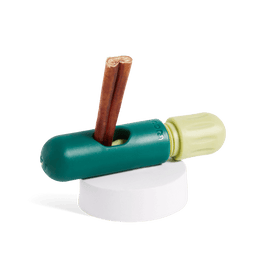
Understanding your dog's body language is essential for building a strong and trusting relationship with your furry friend. Dogs communicate their feelings and intentions through various physical cues, and as a responsible pet parent, it's important to learn how to interpret these signals. In this guide, we'll explore common dog body language signs and what they mean, helping you better understand your dog's emotions and needs.
Dogs use their bodies to express a range of emotions, from happiness and excitement to fear and anxiety. By paying attention to their posture, tail position, ear orientation, and facial expressions, you can gain valuable insights into your dog's state of mind. Let's delve into some key body language indicators and what they signify.
Tail Wagging
Tail wagging is often associated with a happy dog, but it's important to consider the context. A wagging tail can indicate various emotions depending on its speed, position, and the dog's overall body language. For instance, a slow wag with a relaxed body suggests contentment, while a rapid wag with a stiff body may indicate excitement or agitation. Pay attention to the entire body to accurately interpret the message.
For pups who get excited easily, offering a healthy distraction—like the LickMat—can help redirect their energy in a positive way.
Ear Position
Ear position is a significant indicator of your dog's emotional state. Erect ears often signify alertness or curiosity, while flattened ears can indicate fear, anxiety, or submission. Understanding your dog's typical ear posture can help you gauge their comfort level in different situations.
Eye Expression
Dogs communicate a lot through their eyes. Soft, relaxed eyes suggest a calm and content dog, while wide-open eyes or showing the whites (known as "whale eye") can indicate fear, stress, or aggression. Squinting or avoiding eye contact may also be signs of discomfort or submission.
Body Posture
Your dog's overall body posture provides clues about their emotions. A relaxed body with loose muscles indicates comfort and trust. Conversely, a stiff body, raised hackles, or a tucked tail can signal fear, aggression, or uncertainty. Observing your dog's posture in various situations helps you understand their feelings.
If your dog seems anxious or nervous, consider using a calming treat like the LickMat combined with our Calming LickMix to help them relax and feel secure.
Vocalizations
While not strictly body language, vocalizations like barking, whining, or growling can complement your dog's physical cues. For example, a high-pitched bark may indicate excitement or playfulness, while a low growl can signal discomfort or a warning. Always consider vocalizations alongside body language for a complete understanding.
Pairing positive vocal cues with special rewards—like a Pupsicle from our Pupsicle Collection—can reinforce good behavior and help you communicate clearly with your pup.
By learning to read these signs, you can respond appropriately to your dog's needs, ensuring their well-being and strengthening your bond. Remember, each dog is unique, and their body language may vary based on breed, personality, and experiences. Observing and interacting with your dog regularly will enhance your ability to interpret their signals accurately.
For more information on canine behavior and training, visit the American Kennel Club's guide on reading dog body language.
















































































